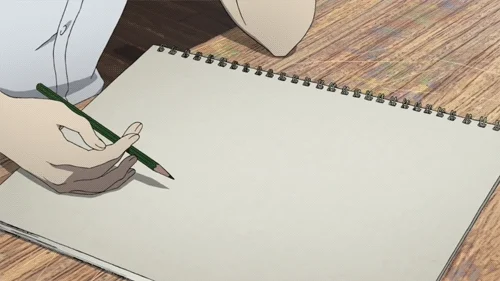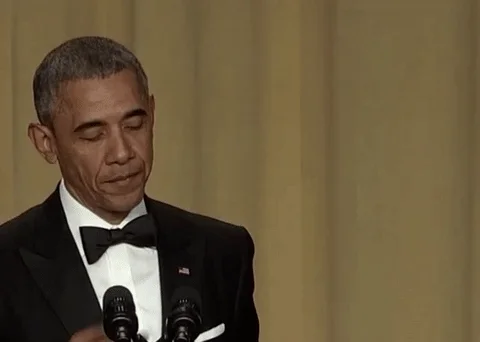You've picked up a card from the stationery store and you're now seated at your desk. All you need to do is write a message and send it out. This should only take a few minutes...

Going blank as to what to write in your greeting card?
Don't copy and paste pre-written messages from the Internet! Make your message meaningful with these tips.
1. Know who you're writing for

Knowing who you'll be writing for will help you structure your overall writing style and tone. The person's age, your relationship with them, and how well you know them will affect your writing.
Ask yourself if your greeting card is for a:
Friend
Family member
Co-worker
Employer
Authority figure

The recipient matters! For example, you might create a structured message with a specific purpose and use a formal tone when writing to an employer. If you're writing to a pen pal, you might be more casual, using abbreviations and slang terms.
2. Begin your card with an opener
Address the person you're writing to.
Just like in real life, you want to greet the person before jumping into your message.
You can begin with a simple "Dear" or be creative and ask a question like "What's up?" The opener you choose will depend on the person you're writing to and the tone of your message. Your greeting toward the receiver should leave a good first impression.

Your reader can expect the message to be casual or professional based on the opener. Openers include:
[Name],
Dear [Name],
Hello [Name]!
How are you, [Name]?
Quiz
Linda is writing a card to her boss. What might NOT be an ideal opener?
3. Recall and include memories
What makes a card personal is making it meaningful to you and the receiver. Including experiences and memories you've shared with the person can add a sentimental touch to your message.

Include memories in your message by:
Recalling events (how you two met, memorable hangouts)
Sharing inside jokes (things only you two know)
Talking about things you'd want to experience again
Talk about why these things are important to you! Connect the past to future adventures with the other person. For professional cards, you can share how well you two work together.
4. Avoid being vague
Being vague, or unspecific, won't make the card meaningful. Your greeting card should reflect the feelings and thoughts you want to share. If your message doesn't include details or personal touches, the other person may feel disconnected from you.

 Do:
Do:
Use the Internet as inspiration for wording and what to include in your card
Include your personality with the words you choose and additional drawings or stickers
Freely express what you want to share
Doing these things will communicate the time, care, and effort you put into making this card.
 Don't:
Don't:
Copy messages from the Internet
Use generic phases ("Happy birthday!") without adding a personal touch or talking about the recipient
Limit yourself to only getting your point across without adding details or flair
Doing these things may make the message feel rushed, unthoughtful, and unpersonalized to that specific person.
5. End on a high note
After writing your message, end on a high note. This is the "mic drop" of your card and helps determine how the other person will feel after reading it, so it's important to leave a good impression!

Conclude your letter with:
An action step ("Let's meet soon!")
A sincere sign-off ("Sincerely/Love/Best wishes, [Your Name]")
A sentimental thought (how grateful you are for the person, how much you miss them)
A strong finisher leaves your receiver looking forward to keeping in touch with you soon.
Quiz
Sam is writing a "Miss you!" card to his friend. So far, he has written "Hey, Kyle!" and "I miss you!" Should Sam send his card as-is?
Take Action

Your card extends your message to someone meaningful to you! Make it worth reading by:
Do you need to apologize to a friend? Check out this Byte about how to write an apology.
Your feedback matters to us.
This Byte helped me better understand the topic.
